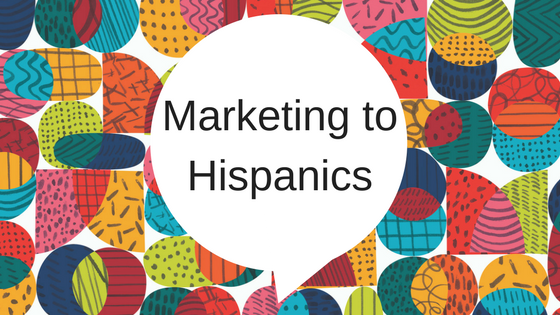Your clients, customers and audiences may need you to make more effort…in language that is. When working internationally, there’s a natural expectation that organizations will make an effort to understand the language and cultural differences among various countries and cultures. But within the U.S., linguistic and cultural differences are often overlooked—most notably, the fast-growing U.S. Spanish-speaking market. The U.S. is now the second largest Spanish-speaking country, behind Mexico.
A 2014 Pew Research Center report states that there are 55.4 million Spanish-speakers or Hispanics in the U.S., which is approximately 17.4% of the total U.S. population. And, Hispanic consumers represent $1.5 trillion in purchasing power.
To capture this growing target audience, just translate your marketing content into Spanish, and you’re all set, right? Not exactly.
Just like English in the U.S. vs. English in the U.K., not all Spanish is the same. With Spanish, from the many countries in Latin America to Spain, there are even more dialects. It’s not just about different pronunciations. Understand that many words have various meanings, depending on the dialect.
Here are some best practices you should keep in mind when developing a strategy for marketing to Hispanics.
- Be aware of regional differences
According to the Pew Research Center, most U.S. Hispanics prefer to use their country of origin to describe themselves. More than half of the survey respondents said they have no preference for either term, Hispanic or Latino. However, it’s still important to localize your marketing efforts, as these preferences vary from state to state, and they also change as the Hispanic population grows.
Localization is critical in states with a high population of Hispanics, such as Texas, California, Arizona, New Mexico, New York, and Florida. There are several dialects of Spanish and Spanish variants in the U.S. Thus, apps like Google Translate can’t compare to professional translation services. They lack the ability to tailor translations to these dialects.
- Consider generational and cultural gaps
Hispanics, like many cultures, integrate their traditions from their countries of origin into their lives in the U.S. But cultural integration can vary depending on segments of the larger Hispanic consumer population. Generationally, they can be broken down into two main groups:
- Traditionalists:Older immigrants, and some younger, are considered “traditionalists” who don’t speak fluent English.
- Millennials:Second-generation Hispanics are those who are born in the U.S. into a Hispanic family. Like many second-generation ethnicities, they are typically the younger family members, including millennials, who have adopted many U.S. customs (and English) but still appreciate, respect, and enjoy their culture, language, and heritage.
- Be consistent with Hispanic marketing
Offering a web page in Spanish is effective, but only if your landing page is in Spanish, too. The same is true for phone orders and support: Pressing “Numero 2” for Spanish on your phone keypad is helpful only if there is a Spanish-speaking representative on the other end. If you’re going to market to consumers in Spanish, be sure to support them throughout the customer journey.
- Understand Spanish-speaking social media
This is where cultural patterns shift. According to CNN, the most active of all ethnic groups on social media sites are Hispanic adults, at 72%. CNN also points out that even though “Hispanic” is the identity most referenced on social media, the term “Latino” was mentioned more on Twitter. There are many reasons for this, one of which is that Latinos are becoming more prominent in TV shows, magazines, and professional sports.
For example, according to a 2016 Neilson report, 10% of overall NFL TV game viewers are Hispanic. This results in more Tweets on Latinos. The word “Latino” was also searched more on Google in the last few years. Cultural patterns vary by region (within the U.S.) and are also a result of more references to the types of activities, music, and other events that cater to the Latino population.
- Be aware of cultural diversity
It all comes down to being aware of cultural diversity within any country, where multiple ethnicities and language dialects exist. And although no one is expected to know each dialect and market, there is much benefit and value to thoroughly researching and understanding the various linguistic and cultural differences, as well as the spending patterns within a particular country.
This can be done in many ways, such as working with a language service provider, hiring local employees, as well as knowing the latest research on buying trends, social media trends, etc.
If you are making the effort to market to Spanish speakers, be sure to be able to relate with them the way they relate to one another. Know their local culture, language, and customs. This should be a big factor in any translation or interpreting work done around marketing campaigns. Metaphrasis works with many marketing/branding agencies to help their campaigns be linguistically and culturally impactful. Ask us how we can help your agency!

